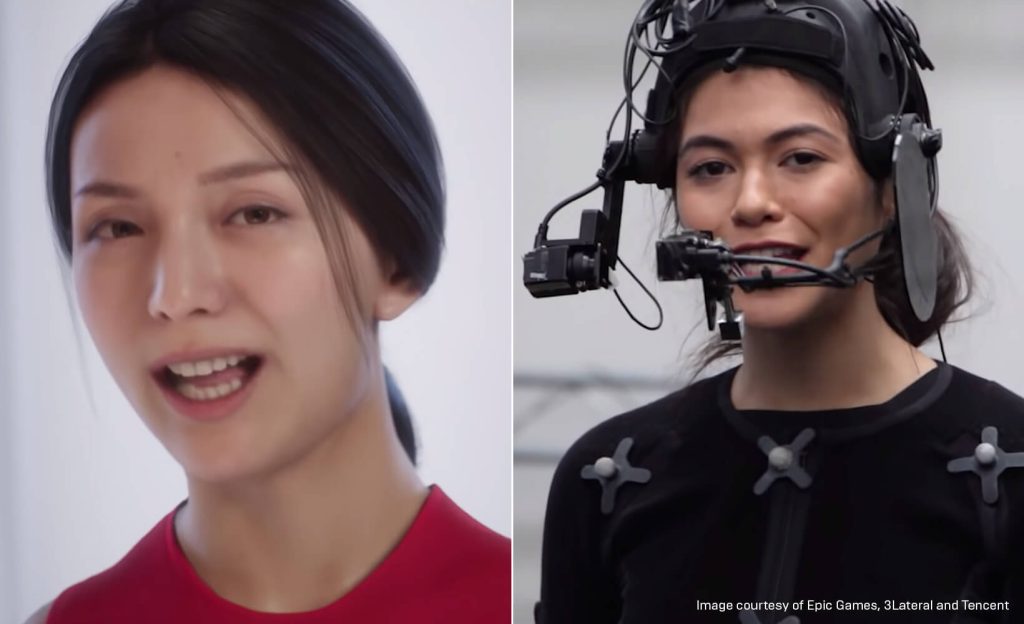What Is Motion Capture in Unreal Engine 5?
Motion capture (MoCap) is the process of recording real human movement and applying it to a 3D character. In Unreal Engine 5 (UE5), motion capture opens the door to creating realistic animations for films, games, virtual production, and the Metaverse.

UE5 supports both live motion capture and pre-recorded mocap data, making it one of the most powerful real-time engines on the market.
Why Use Motion Capture in Unreal Engine 5?
- ✅ Realistic character animation
- ✅ Faster production time compared to manual keyframing
- ✅ Compatible with popular mocap suits (Rokoko, Xsens, Perception Neuron)
- ✅ Ideal for indie game devs, VFX artists, and filmmakers
Types of Motion Capture Compatible with UE5
| Mocap Type | Example Gear | Best Use Case |
|---|---|---|
| Optical | Vicon, OptiTrack | Film, AAA Games |
| Inertial | Rokoko, Xsens | Indie dev, VR, Live mocap |
| Camera-based AI Mocap | Move.ai, Plask, DeepMotion | Budget/No hardware |
| Facial Mocap | iPhone ARKit, Faceware | Animation, VR avatars |
How to Import Motion Capture Data into Unreal Engine 5
- Record or download a mocap file (.fbx, .bvh, .anim)
- Open UE5 → Content Browser → Import
- Retarget animation to MetaHuman or your own rig using IK Retargeter
- Adjust smoothing + root motion in the Animation Editor
- Apply animation to character inside a Level or Sequencer
Live Motion Capture in UE5 (Real-Time Streaming)
You can stream live mocap directly into Unreal Engine using:
- Live Link (built-in Unreal tool)
- Rokoko Studio Live Plugin
- Xsens MVN Live
- Faceware Live
- ARKit (iPhone Face Capture)
This is perfect for virtual production, VTubing, and live events.
Best Plugins for Motion Capture in UE5
| Plugin | Use |
|---|---|
| Live Link Face | Facial mocap via iPhone |
| Rokoko Live Studio | Real-time full body mocap |
| Move.ai Plugin | Markerless mocap from video |
| Control Rig | Edit + refine mocap inside UE5 |
| MetaHuman Animator | Extremely realistic face capture |
Tips for Getting the Best Mocap Results in UE5
✅ Use proper calibration before recording
✅ Avoid loose clothing when using inertial suits
✅ Clean noise using filters or animation curves
✅ Combine mocap with Control Rig for fine-tuning
Common Motion Capture Mistakes
❌ Importing without proper skeleton mapping
❌ Not aligning character scale
❌ Forgetting root motion
❌ Ignoring foot sliding issues